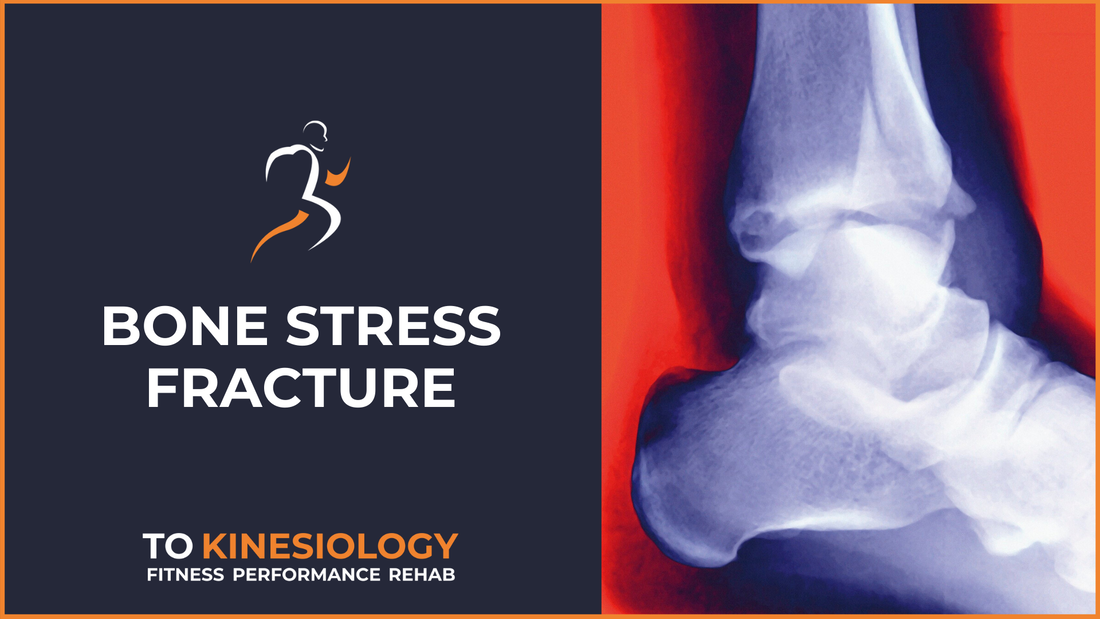|
written by: Nem Just like any other tissue in our body, bones adapt to stresses that we put them trough. When we walk, run or jump, forces that go through your body can be as high as 12 times your body weight. That is a lot of pressure on your bones! For bones to be able to absorb that much weight, they need to get stronger. However, contrary to muscles for example, bones take much longer to adapt. Whenever you do any physical activity, your bones undergo microscopic damage. When you sleep and eat properly, the body can heal this microscopic damage and make bones stronger over time. However, if you train too much and do not eat/sleep properly, your body cannot keep up with these accumulated stresses, and bones start to weaken. Eventually, bones get so weak that this leads to a fracture - a small crack within the bones. Individuals who acquire stress fracture often describe a localized discomfort somewhere along the bone. Many individuals will have an excruciating pain upon palpating the tender spot. This discomfort gets worse with more physical activity until it reaches a point where any weight bearing causes pain. Compared to any other sport, stress fractures are most common in running and they tend to occur most frequently in shin bones (tibia and fibula), followed by thigh bone (femur) and foot bones (metatarsal and navicular bone).
|
- Home
- About
-
Pricing/Services
- FITNESS STUDIO/CLINIC PERSONAL TRAINING
- Mobile & In-home Kinesiology & Personal Training
- Reformer pilates in Toronto
- Physiotherapy
- Online Personal Training and Kinesiology >
- 3D Body Mapping
- InBody Test
- Ultrasound Body Composition Assessment
- Metabolism test - Toronto
- V02 Max and Metabolism testing - Toronto
- Medical Fitness Testing
- Spirometry (lung function)
- Rent gym in Toronto
- Fitness classes
- Corporate wellness and fitness in Toronto
- Client Reviews
- Blog
- Members
- Contact
AboutProfessional personal training by kinesiologists in Toronto specializing in joint/muscle issues and medical conditions. We'll help you reach your health and fitness goals while managing your condition to move, feel and perform at your best. Private studio, in-home/mobile and online coaching options available. Aside from quality and reliable service from trusted health professionals, working with kinesiologists in Ontario means you might be eligible for a full or partial refund on our services.
|
|
@2024 TO KINESIOLOGY INC. ALL RIGHTS RESERVED
115 WOLSELEY STREET, M6J 1K1, TORONTO, ON
115 WOLSELEY STREET, M6J 1K1, TORONTO, ON

